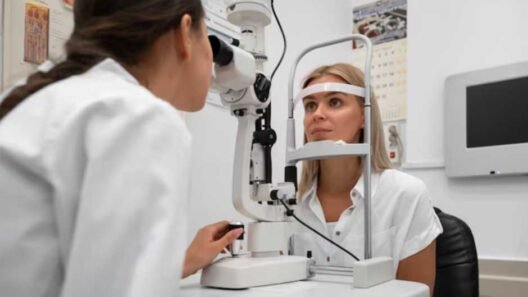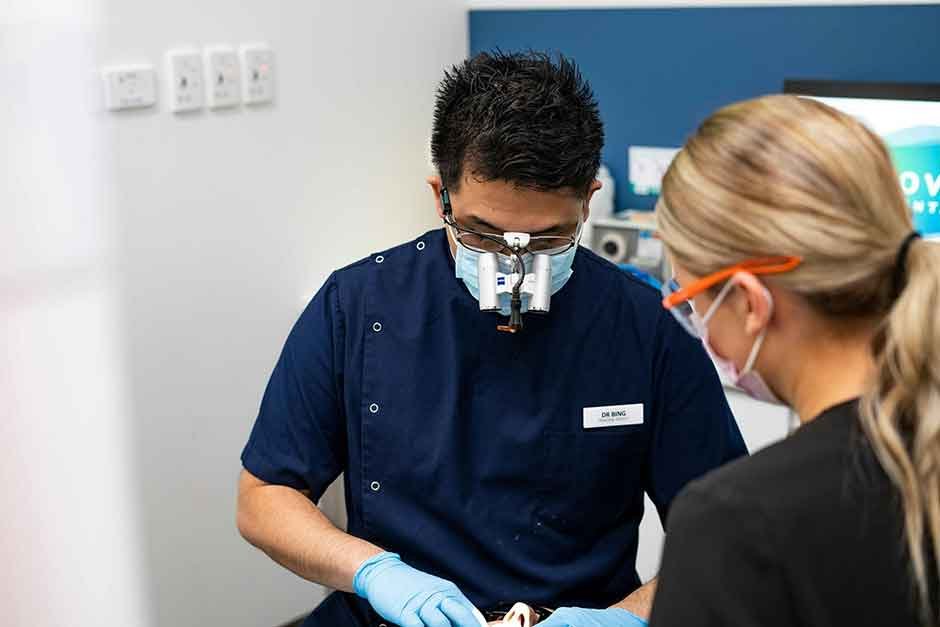When a dental emergency strikes, whether it’s sudden pain, a broken tooth, swelling, or an injury, the priority is quick relief and fast treatment. An emergency dental visit often focuses on stabilising the issue, easing discomfort and preventing the problem from worsening. But once that immediate need is dealt with, what happens next?
Many patients assume that once the pain is gone or the broken tooth is fixed, there’s no need for further treatment. However, follow-up dental care plays a vital role in your recovery and long-term oral health.
In this blog, we’ll explore why follow-up care is so important after emergency treatment, what to expect from your post-visit appointments, and how it can prevent future complications.
What Is an Emergency Dental Visit?
An emergency dental appointment is for situations that require urgent attention, such as:
- Sudden, severe toothache
- Broken or chipped teeth
- Knocked-out (avulsed) teeth
- Swelling in the face or gums
- Bleeding that doesn’t stop
- Infections or abscesses
- Lost fillings or crowns
Emergency dentists aim to relieve pain quickly, reduce risk, and stabilise the affected area. But this is often just the first step. Most dental emergencies are symptoms of deeper issues — decay, trauma, infection, or damage — that need further attention to avoid long-term problems.
Why Follow-Up Dental Care Matters
After the immediate crisis is handled, a structured follow-up plan helps ensure proper healing, restore full function, and prevent repeat visits. Here’s why it’s so important:
1. Confirming the Issue Has Been Resolved
Emergency treatment often involves temporary solutions, such as pain relief, temporary fillings, draining an abscess, or securing a loose crown. A follow-up allows your dentist to check if the initial problem has fully cleared up or if further work is needed.
Without this review, minor complications can develop into serious concerns.
2. Completing the Full Treatment
Many emergency procedures are only the start of a full treatment plan. For example:
- A temporary filling may need to be replaced with a permanent one
- An infected tooth treated with antibiotics might still require root canal treatment
- A cracked tooth might need a crown or restoration
- A knocked-out tooth might require stabilisation or additional monitoring
Without follow-up care, you risk leaving the job half-done, which could result in pain returning or permanent damage.
3. Monitoring Healing and Recovery
The body needs time to heal after trauma or infection. Follow-up appointments give your dentist the chance to:
- Check for signs of proper healing
- Monitor swelling, infection or inflammation
- Adjust treatment if the recovery isn’t progressing as expected
This is especially important for soft tissue injuries, surgical procedures, or cases involving ongoing sensitivity.
4. Preventing Further Complications
Ignoring follow-up care can result in more serious problems later on. Infection can spread, fractures can worsen, and untreated decay can lead to tooth loss.
With regular check-ins, Purley Dental Care will help detect early signs of issues such as:
- Failed root canals
- Persistent infection
- Bite misalignment
- Bone or gum damage
With early intervention, these risks can often be managed before they become costly or painful.
5. Restoring Full Function and Appearance
While emergency care helps you get through the crisis, follow-up care is what gets you back to normal. This may include:
- Replacing temporary fixes with permanent ones
- Fitting crowns, bridges or implants
- Cosmetic adjustments for chipped or broken teeth
- Ensuring your bite and jaw function is comfortable
A complete treatment plan doesn’t just fix the problem — it helps you feel confident smiling, speaking, and eating again.
6. Building a Long-Term Care Plan
Emergency visits are often a wake-up call about oral health. A follow-up appointment is a chance to assess your overall dental condition and make a long-term plan to avoid future problems.
Your dentist may suggest:
- Hygiene treatments
- Dietary advice
- Orthodontic assessments
- Regular check-ups or cleanings
This approach turns a negative experience into a positive opportunity for better long-term care.
What to Expect at a Follow-Up Appointment
Your follow-up visit will vary depending on the type of emergency, but typically includes:
- A review of the initial issue and how you’ve felt since treatment
- A check for healing, infection or changes in the treated area
- Further diagnostic tests, such as X-rays, if needed
- Discussion of permanent treatment options (crowns, fillings, root canal, etc.)
- Oral hygiene advice or preventive tips
Your dentist will answer any questions you have, explain the next steps, and ensure you feel comfortable moving forward.
What If You’re No Longer in Pain?
Pain relief is a sign that your emergency treatment worked, but it doesn’t always mean the issue is fully resolved. Some dental conditions, such as infections or nerve damage, can become painless before they’re fully healed, especially if antibiotics or temporary measures were used.
Skipping follow-up appointments because the pain has eased is one of the most common reasons for recurrent dental emergencies.
Think of emergency care as short-term relief, and follow-up care as long-term protection.
After the immediate issue is addressed, a comprehensive examination is crucial to ensure the problem doesn’t return. Your dentist can perform a thorough check-up to identify the root cause and recommend a definitive treatment plan. If you check out this dentist in Tampa FL, they’ll tell you that this final step secures your long-term oral health and prevents future emergencies.
How Quickly Should You Follow Up?
Your dentist will usually advise when to return after emergency treatment. This could be within a few days or up to two weeks, depending on the procedure.
If you notice any of the following signs after emergency care, contact your dentist sooner:
- Ongoing pain or pressure
- Swelling that doesn’t improve
- A bad taste or smell in the mouth
- Cracks or movement in a temporary filling or crown
- Fever or signs of systemic infection
Don’t wait for symptoms to worsen. The sooner you act, the easier the problem is to fix.
Final Thoughts
Follow-up dental care after an emergency visit is not just a formality — it’s a crucial part of your treatment and recovery. While emergency appointments provide immediate relief, it’s the follow-up care that ensures long-term healing, full function, and continued oral health.
Ignoring this important step can lead to further pain, complications or even tooth loss.
If you’ve recently had an emergency dental visit, don’t delay your follow-up. Book your next appointment today and let your dentist guide you through a complete and effective recovery plan.













